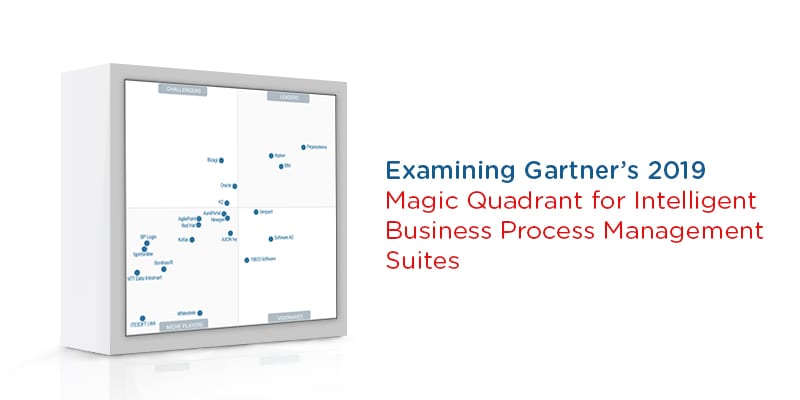

Reporting: The ability to create and distribute (or “burst”) to consumers grid-layout, multipage, pixel-perfect reports on a scheduled basis. Within the analytics context, as the user interacts with data, the narrative changes dynamically to explain key findings or the meaning of charts or dashboards. Natural language generation (NLG): The automatic creation of linguistically rich descriptions of insights found in data. Natural language query: This enables users to query data using business terms that are either typed into a search box or spoken.ĭata storytelling: The ability to combine interactive data visualization with narrative techniques in order to package and deliver insights in a compelling, easily understood form for presentation to decision makers.Įmbedded analytics: Capabilities include an SDK with APIs and support for open standards in order to embed analytic content into a business process, an application or a portal. Included are an array of visualization options that go beyond those of pie, bar and line charts, such as heat and tree maps, geographic maps, scatter plots and other special-purpose visuals. Model complexity: Support for complex data models, including the ability to handle multiple fact tables, interoperate with other analytic platforms and support knowledge graph deployments.Ĭatalog: The ability to automatically generate and curate a searchable catalog of the artefacts created and used by the platform and their dependenciesĪutomated insights: A core attribute of augmented analytics, this is the ability to apply ML techniques to automatically generate insights for end users (for example, by identifying the most important attributes in a dataset).Īdvanced analytics: Advanced analytical capabilities that are easily accessed by users, being either contained within the ABI platform itself or usable through the import and integration of externally developed models.ĭata visualization: Support for highly interactive dashboards and the exploration of data through the manipulation of chart images. Manageability: Capabilities to track usage, manage how information is shared and by whom, perform impact analysis and work with third-party applications.Ĭloud: The ability to support building, deploying and managing analytics and analytic applications in the cloud, based on data both in the cloud and on-premises, and across multicloud deployments.ĭata source connectivity: Capabilities that enable users to connect to, and ingest, structured and unstructured data contained in various types of storage platforms, both on-premises and in the cloud.ĭata preparation: Support for drag-and-drop, user-driven combination of data from different sources, and the creation of analytic models (such as user-defined measures, sets, groups and hierarchies). Security: Capabilities that enable platform security, administering of users, auditing of platform access and authentication. Machine learning (ML) and artificial intelligence (AI)-assisted data preparation, insight generation and insight explanation - to augment how business people and analysts explore and analyze data - are fast becoming key sources of competitive differentiation, and therefore core investments, for vendors (see “Augmented Analytics Is the Future of Analytics”).ĪBI platform functionality includes the following 15 critical capability areas (these have been substantially updated to reflect the refocus on enterprise reporting and the increased importance of augmentation): At present, these needs are commonly met by older BI products from vendors like SAP (BusinessObjects), Oracle (Business Intelligence Suite Enterprise Edition) and IBM (Cognos, pre-version 11).Īugmented analytics. Organizations are interested in how these platforms, known for their agile data visualization capabilities, can now help them modernize their enterprise reporting needs. Integrated support for enterprise reporting capabilities. Most new spending in this market is on cloud deployments.ĪBI platforms are no longer differentiated by their data visualization capabilities, which are becoming commodities. The larger vendors are associated with wider offerings that includes data management features.

Vendors in the ABI market range from long-standing large technology firms to startups backed by venture capital funds.
#Magic quadrant for business intelligence platform full
For a full definition of what these platforms comprise and how they differ from older BI technologies, see “Technology Insight for Ongoing Modernization of Analytics and Business Intelligence Platforms.” Modern analytics and business intelligence (ABI) platforms are characterized by easy-to-use functionality that supports a full analytic workflow - from data preparation to visual exploration and insight generation - with an emphasis on self-service and augmentation.


 0 kommentar(er)
0 kommentar(er)
